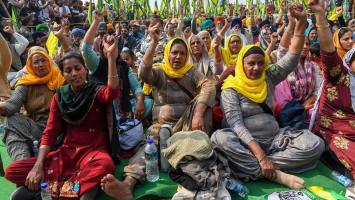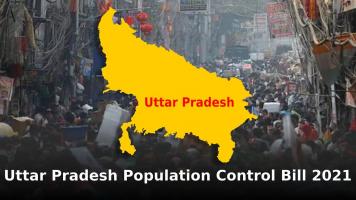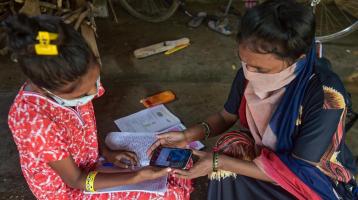Women’s anger erupted on July 31 at the gates of the Supreme Court of India against its recent judgement that would lead to the dilution of Section 498A. Several representatives of women's organisations assembled outside the Supreme Court to protest against the recent order of the Supreme Court on Section 498A and demanded its review. The demonstration was held within just three days of the Supreme Court order.
Women’s anger erupted on July 31 at the gates of the Supreme Court of India against its recent judgement that would lead to the dilution of Section 498A. Several representatives of women's organisations assembled outside the Supreme Court to protest against the recent order of the Supreme Court on Section 498A and demanded its review. The demonstration was held within just three days of the Supreme Court order.
Women's organisations have expressed serious reservations to this order because it is made on the presumption that a large number of cases filed under Section 498A are false. This is factually incorrect and has been proved so by many studies. Women expressed great consternation at being branded as liars. This judgement is seeking to create parallel systems of justice by ordering the setting up of family welfare centres. It is underestimating the seriousness of the issue of violence against women.
Such suggestions in the judgement would result in diluting Section 498A, making it totally ineffective. It is unfortunate that this judgement comes at a time when crimes against women are on the rise. Women face tremendous violence in their daily lives. Most of the time women who are victims of violence find it difficult to register their complaints at the police stations. They are subjected to insulting questions and humiliating behavior. Many a times they are forced to reconcile and return back to a violent atmosphere. The conviction rates are very low due to poor police investigation. Setting up family welfare centres will make it more difficult for women to get justice and protection from violent husbands and/or relatives.
The refrain of the protest was that a battered woman demands that 498A be strengthened, not diluted; that women are not liars; they seek legal redress only after exhausting all options for reconciliation; that the Hon'ble Court must not buckle under the pressure of patriarchal forces who are raising their pitch in the current political climate that suits them. It is ttempts have been made by various reactionary forces for the last one decade to dilute this section.
In addition to this, women are also appalled at the directive issued by the Minister of Women and Child Development, Maneka Gandhi to the National Commission for Women (NCW) to "provide a window to 'aggrieved' men against whom complaints have been made”. This is clearly against the purpose and spirit for which the NCW has been constituted. Women raised slogans asking the woman minister to ‘prevent cruelty against women’.
The women tried to seek an audience with the Hon'ble Chief Justice of the Supreme Court. A copy of the memorandum has been submitted and the appointment is awaited.
Women's organisations will conduct a signature campaign all over the country demanding the strengthening of section 498A and withdrawal of the directive of the MWCD to the NCW.
The organisations which participated in this protest were All India Democratic Women’s Association, All India Women’s Conference, CBCI Council for Women, Centre for Struggling Women, Guild of Service, Jagori, Joint Women’s Programme, Lawyer’s Collective, Leprosy Mission, Nari Shakti Manch, National Federation of Indian Women, Pragatisheel Mahila Sanghatan, Swastik Mahila Samiti and Young Women’s Christian Association.
The AIDWA was represented in this demonstration by Adv Kirti Singh, Mariam Dhawale, Asha Sharma, Maimoona Mollah, Reeja Jayaprasad, Sonia Verma, Sarbani and others.






